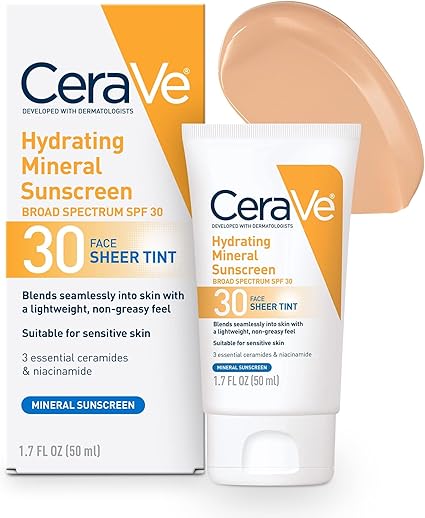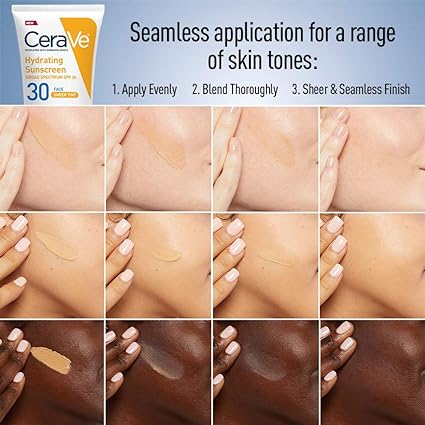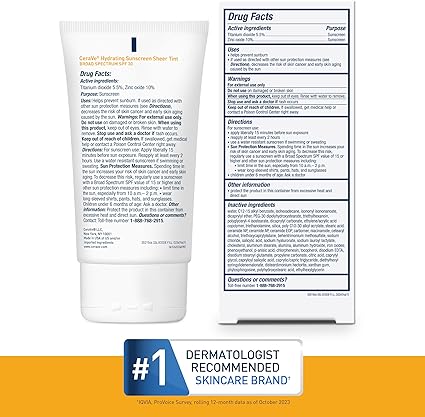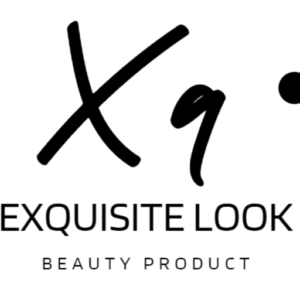With increasing awareness of skin protection and environmental sustainability, more and more people are choosing mineral sunscreen as their preferred sun protection. Unlike chemical sunscreens, mineral sunscreens use natural minerals to provide a physical barrier against the sun’s harmful UV rays. In this blog, we will delve into the advantages of mineral sunscreens, their working mechanism, and why they might be the best choice for your skincare routine.

What is mineral sunscreen?
Mineral sunscreens, also known as physical sunscreens, contain active mineral ingredients such as zinc oxide and titanium dioxide. These minerals stay on the surface of the skin, reflecting or scattering UV rays, thereby reducing UV damage to the skin. Conversely, chemical sunscreens absorb UV rays and convert them into heat, which is then released from the skin.
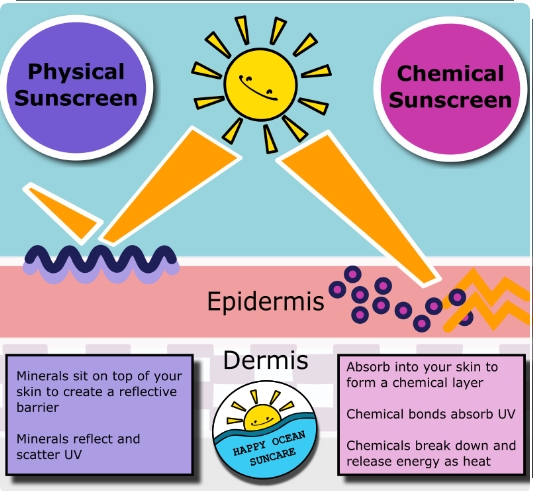
Main Advantages of Mineral Sunscreens
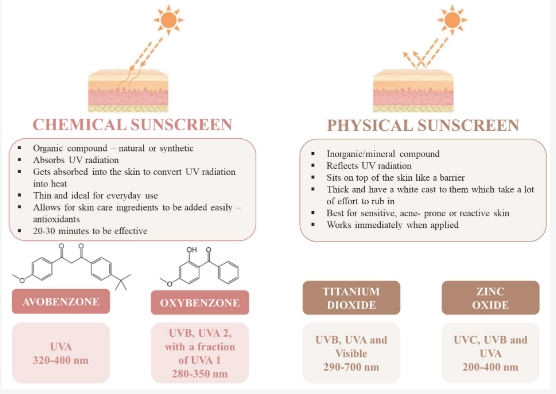
Broad-Spectrum Protection: Mineral sunscreens provide broad-spectrum protection, meaning they shield against both UVA and UVB rays by sitting on the skin’s surface and deflecting UV radiation. UVA rays cause premature skin aging, leading to wrinkles and age spots, while UVB rays can burn the skin. Zinc oxide and titanium dioxide are highly effective in blocking both types of rays, offering comprehensive sun protection.
Immediate Protection: Unlike chemical sunscreens, which need 20-30 minutes to become effective, mineral sunscreens start working immediately after application. This is especially beneficial for those who need quick and reliable sun protection.
Gentle on Skin: While mineral sunscreens are suitable for all skin types, board-certified dermatologist Dr. Markowitz states that they are especially beneficial for those prone to acne or with sensitive skin. Mineral formulations sit on the surface of the skin rather than being absorbed, making them less likely to clog pores or cause irritation. Consequently, they reduce the risk of potential health issues by not being absorbed into the skin.
Safety of Use: A recent study found that certain active ingredients used in chemical sunscreens, such as oxybenzone and avobenzone, can be absorbed into the bloodstream after just one use. FDA Director Dr. Janet Woodcock stated in a press release that while the study showed evidence of absorption, more research is needed. In contrast, zinc oxide and titanium dioxide, used in mineral sunscreens, are the only two ingredients recognized as safe by the FDA.

Drawbacks:
Zinc oxide or titanium dioxide are opaque powders that form a physical barrier on the skin's surface to reflect and scatter UV rays. Consequently, they can leave a white cast when applied, which can be noticeable when wearing makeup.
How to Choose a Perfect One
When choosing a perfect sunscreen, look for products that contain nano zinc oxide or titanium dioxide as active ingredients. These products typically have “physical” or “mineral” on the packaging to indicate their mineral-based composition. Additionally, physical sunscreens may carry the “ecocert” certification, signifying that the product meets stringent organic and natural standards.
Other Factors to Consider: SPF Rating, Skin Type, Water Resistance, Tinted Option, Read Reviews, By considering these factors, you can select one that meets your needs and provides effective protection.
How to Use Mineral Sunscreen
It will only take a few minutes to learn how to apply it the right way. This is a small change and not difficult at all. Watch the video and see for yourself.
Can’t see the video? Watch how to apply mineral sunscreen correctly here on YouTube.
Apply Generously: To ensure adequate protection, apply a generous amount of sunscreen to all exposed skin. Most adults need about one ounce (a full shot glass) to cover their entire body.
Reapply Frequently: Reapply every two hours, or immediately after swimming, sweating, or towel drying. Even the best sunscreens lose their effectiveness over time, especially during physical activities.
Don’t Overlook Key Areas: Pay special attention to often-missed areas such as the ears, the back of the neck, and the tops of the feet.
By following these steps, you can maximize the effectiveness of your mineral sunscreen and maintain optimal sun protection.
Product Recommendation: Cereva Mineral Sunscreen
Cereva Sheer Tinted Mineral Sunscreen offers SPF 30 protection with a universal tint that enhances all skin tones, leaving a healthy glow. Its formula with essential ceramides restores the skin’s natural barrier and retains moisture, making it ideal for all skin types, including sensitive skin. Enjoy safe, broad-spectrum UV defense without the white cast.
Choose Cereva for immediate protection and a flawless finish. Its gentle, chemical-free formula is safe for your skin and the environment, ensuring you look great while supporting marine life.
In conclusion, whether for skin health or environmental protection, mineral sunscreens are a wise choice. Mineral sunscreens not only provide safe and effective protection for your skin but also reflect your commitment to environmental sustainability. Therefore, consider incorporating mineral sunscreen into your skincare routine, it might just become your best choice for summer skincare. For complete sun protection, pair it with a sun hat to shield your face from direct sunlight and enhance your overall sun care routine.


